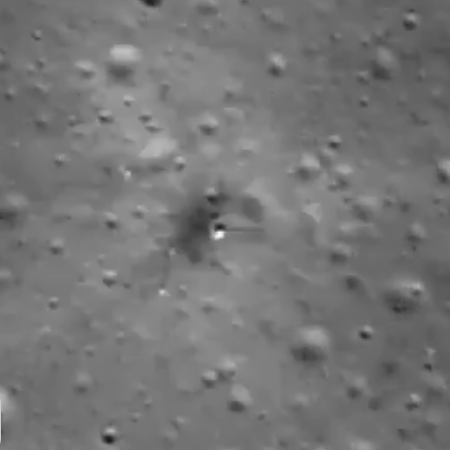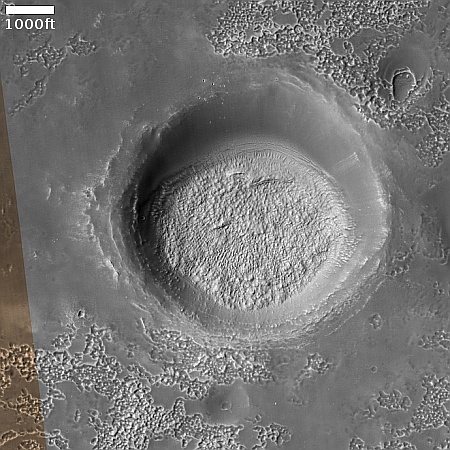June 20, 2025 Quick space links
Courtesy of BtB’s stringer Jay. This post is also an open thread. I welcome my readers to post any comments or additional links relating to any space issues, even if unrelated to the links below.
- As planned, Psyche has resumed engine firing, using a back-up propellant line
The spacecraft is still targeting an arrival at the metal asteroid Psyche in August 2029.
- ESA touts the shipment of the first stage of its Themis grasshopper demonstrator
ESA touted its completion three days ago, and now is bragging how it is now ready to shipped by truck. Meanwhile, this test vehicle is only three years late, and even if its short test hops are successful it will still leave Europe years away from having a reusable rocket.
Courtesy of BtB’s stringer Jay. This post is also an open thread. I welcome my readers to post any comments or additional links relating to any space issues, even if unrelated to the links below.
- As planned, Psyche has resumed engine firing, using a back-up propellant line
The spacecraft is still targeting an arrival at the metal asteroid Psyche in August 2029.
- ESA touts the shipment of the first stage of its Themis grasshopper demonstrator
ESA touted its completion three days ago, and now is bragging how it is now ready to shipped by truck. Meanwhile, this test vehicle is only three years late, and even if its short test hops are successful it will still leave Europe years away from having a reusable rocket.





 <
<
